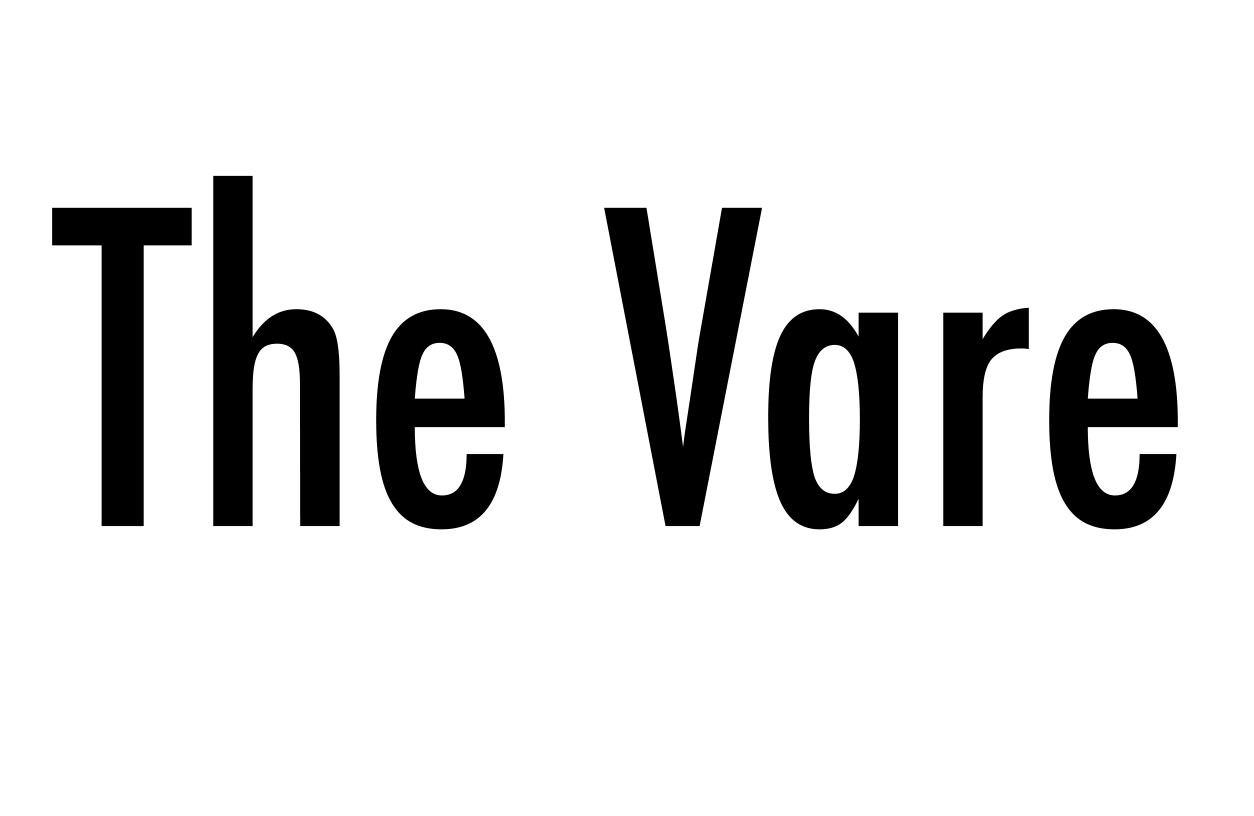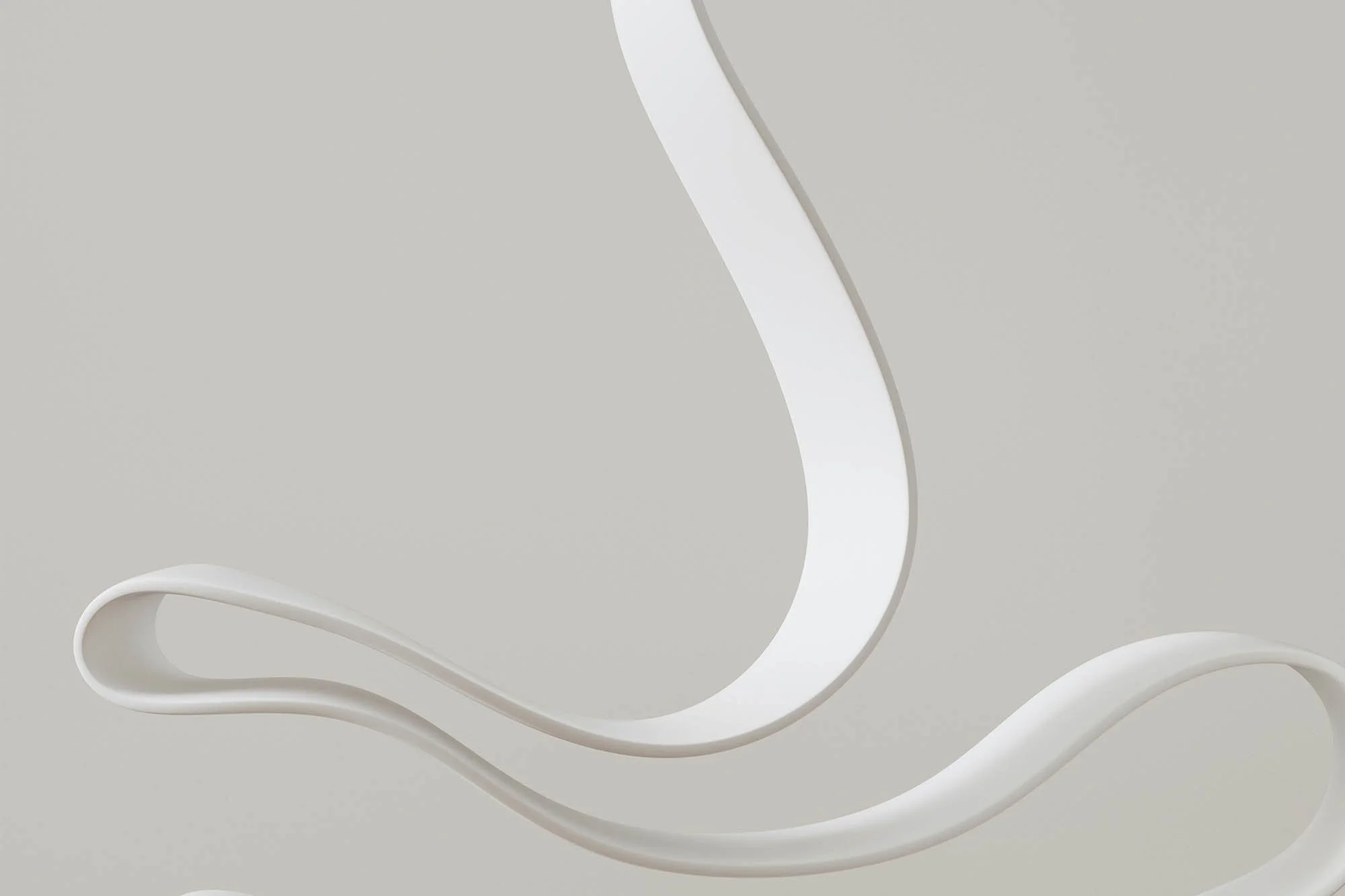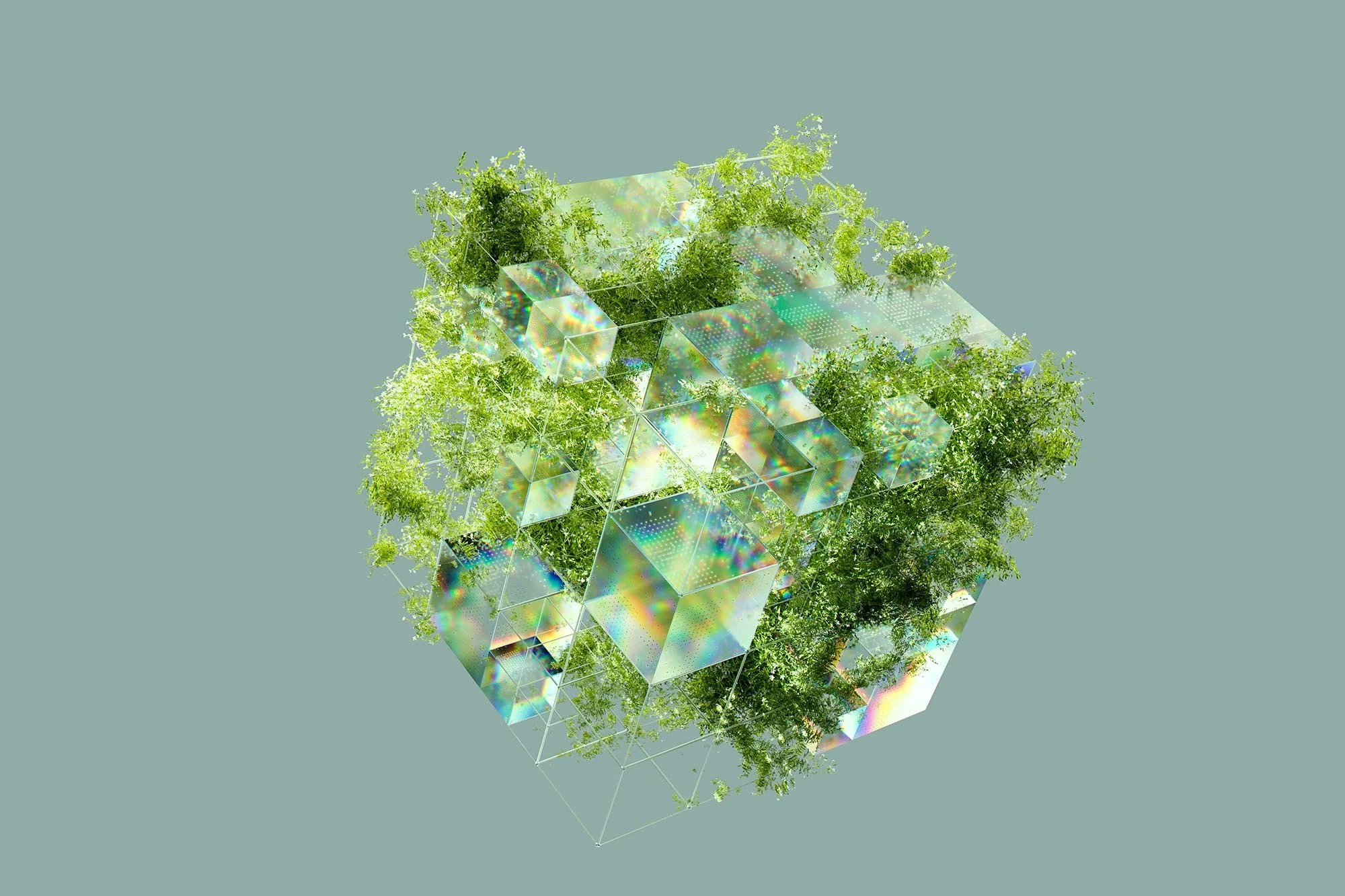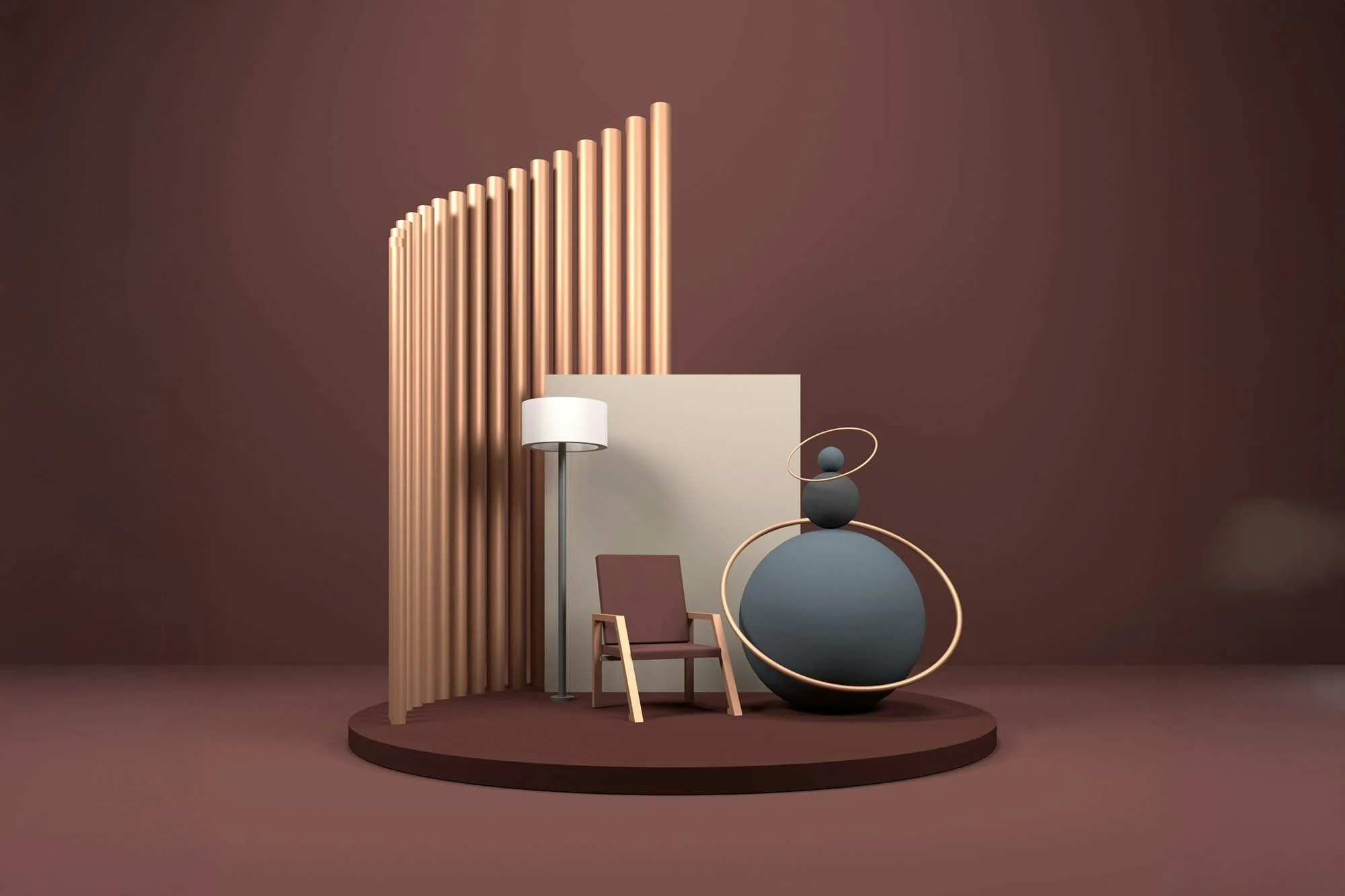Creative Design Solutions to Global Challenges
Design has always been a reflection of human needs and today, those needs are more urgent than ever. From climate change to housing shortages and plastic pollution, the world faces unprecedented challenges. But within these crises lies opportunity. A new generation of architects, designers, and visionaries is responding with creative, design-led solutionsthat are both beautiful and boldly impactful.
At The Curated Design Collective, we’re spotlighting the inspiring projects that are proving how design can be a force for change. From upcycled urban seating to sustainable housing prototypes and eco-conscious material innovation, these solutions are not just ideas – they’re actionable responses to the world’s most pressing problems.
Upcycled Urban Seating: Turning Waste Into Welcome Spaces
Urban spaces are often underutilized, uncomfortable, or disconnected from the communities they serve. Enter a wave of designers who are transforming city corners, parks, and transit stops with upcycled, modular seating made from discarded materials.
From benches crafted with reclaimed ocean plastics to installations built from salvaged wood and metal, these projects don’t just reduce waste – they activate public spaces, foster community, and create more inclusive environments. Some even integrate smart features like solar-powered lighting and USB charging.
Example: Studio Swine’s public seating designs made from industrial waste have been installed in cities from London to São Paulo, proving that circular design can be both stylish and socially conscious.
Sustainable Housing: Small Footprints, Big Impact
With global populations rising and affordable housing in short supply, innovative designers are turning to sustainable, scalable housing models. These homes don’t just save space – they save energy, reduce environmental impact, and often use locally sourced or reclaimed materials.
Projects range from tiny homes and 3D-printed housing to entire neighborhoods built with rammed earth, shipping containers, or biodegradable materials. These structures are often modular and adaptable, making them perfect for urban infill, disaster relief, or off-grid living.
Example: The 3D-printed homes by ICON in Mexico and Texas provide affordable, sustainable housing to underserved communities, showcasing a blend of tech, empathy, and innovation.
Eco-Conscious Materials: Rethinking What We Build With
One of the most transformative shifts in design today is the focus on materials that do more with less. From mushroom mycelium packaging to hempcrete and carbon-negative concrete, designers are prioritizing substances that are renewable, non-toxic, and efficient.
These next-gen materials don’t just replace unsustainable options – they actively contribute to cleaner ecosystems and reduce carbon footprints. They're being used in everything from retail displays and lighting fixtures to large-scale architecture.
Example: The Growing Pavilion in the Netherlands, made entirely from mycelium and agricultural waste, is a fully biodegradable building – a bold vision of zero-impact architecture.
Climate-Responsive Design: Architecture That Adapts
As temperatures rise and weather becomes more extreme, climate-resilient design is crucial. Architects are now incorporating passive cooling, solar orientation, natural ventilation, and green roofs to reduce reliance on energy-heavy systems.
These adaptive designs are especially impactful in vulnerable regions, where they can lower costs, enhance comfort, and promote long-term sustainability. Paired with water harvesting systems and native landscaping, they demonstrate that design can work with nature, not against it.
Example: The Makoko Floating School in Nigeria, though temporary, pioneered a vision of flood-resilient community infrastructure in coastal urban zones.
Community-Driven Co-Design: Empowering People Through Design
True innovation happens when designers collaborate with the communities they serve. Co-design initiatives that involve local voices in every stage –from concept to execution – ensure that solutions are culturally relevant, practical, and embraced long-term.
From participatory urban planning to grassroots material sourcing, these approaches not only create better outcomes but also foster ownership, dignity, and resilience among those affected.
Example: Architecture for Humanity’s projects have long emphasized co-design in disaster-hit areas, using local knowledge and resources to rebuild with compassion and purpose.
Conclusion: Design That Solves, Serves and Sustains
As global challenges grow more complex, the design world is rising to the occasion – proving that creative solutions can be both beautiful and deeply effective. By embracing sustainability, inclusivity, and innovation, today’s designers are not just imagining better futures — they’re building them.
At The Curated Design Collective, we believe in design that matters. Whether it’s a bench made from bottle caps or a home grown from hemp, each project we celebrate is a reminder that with creativity and conscience, design can be a powerful tool for change.



